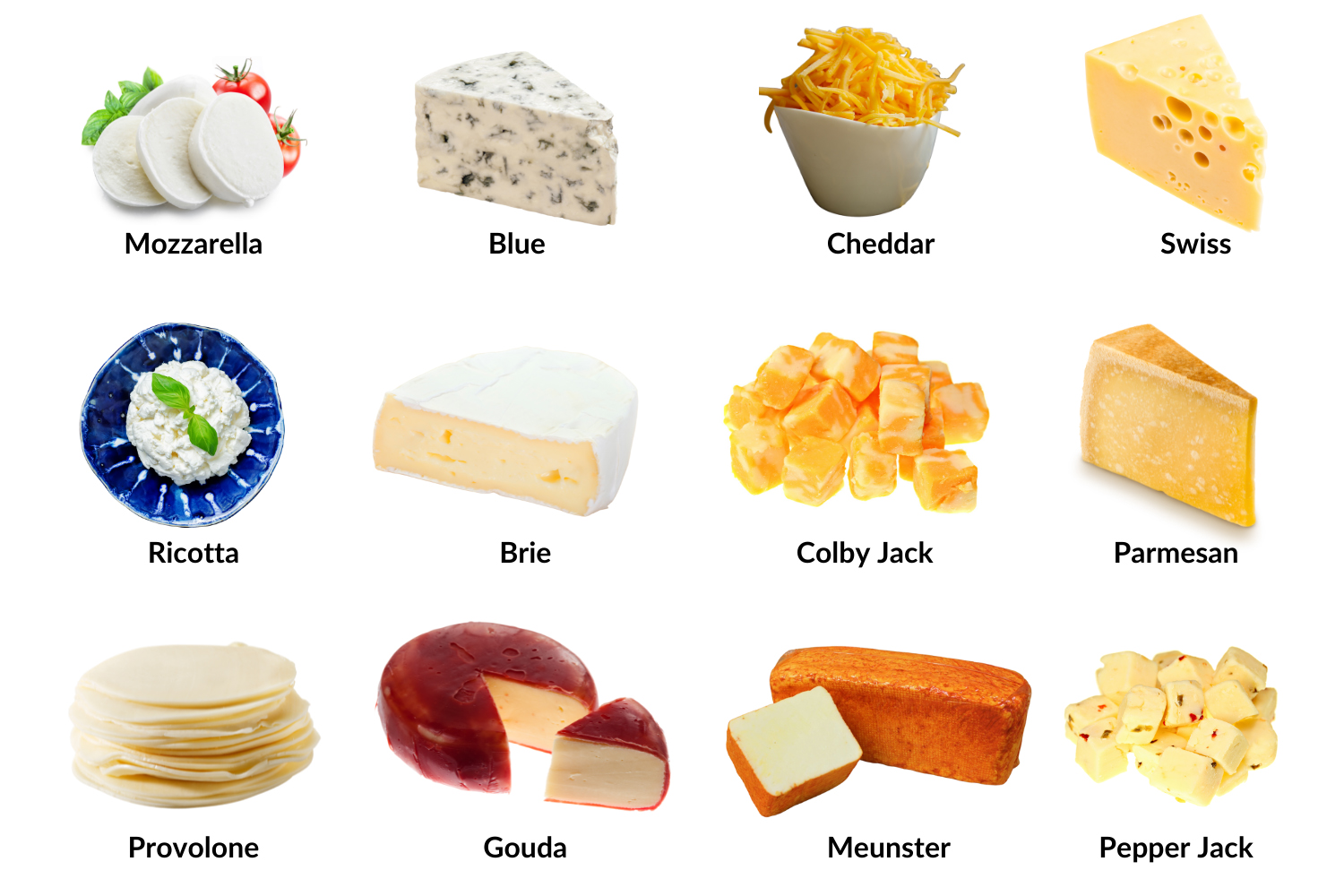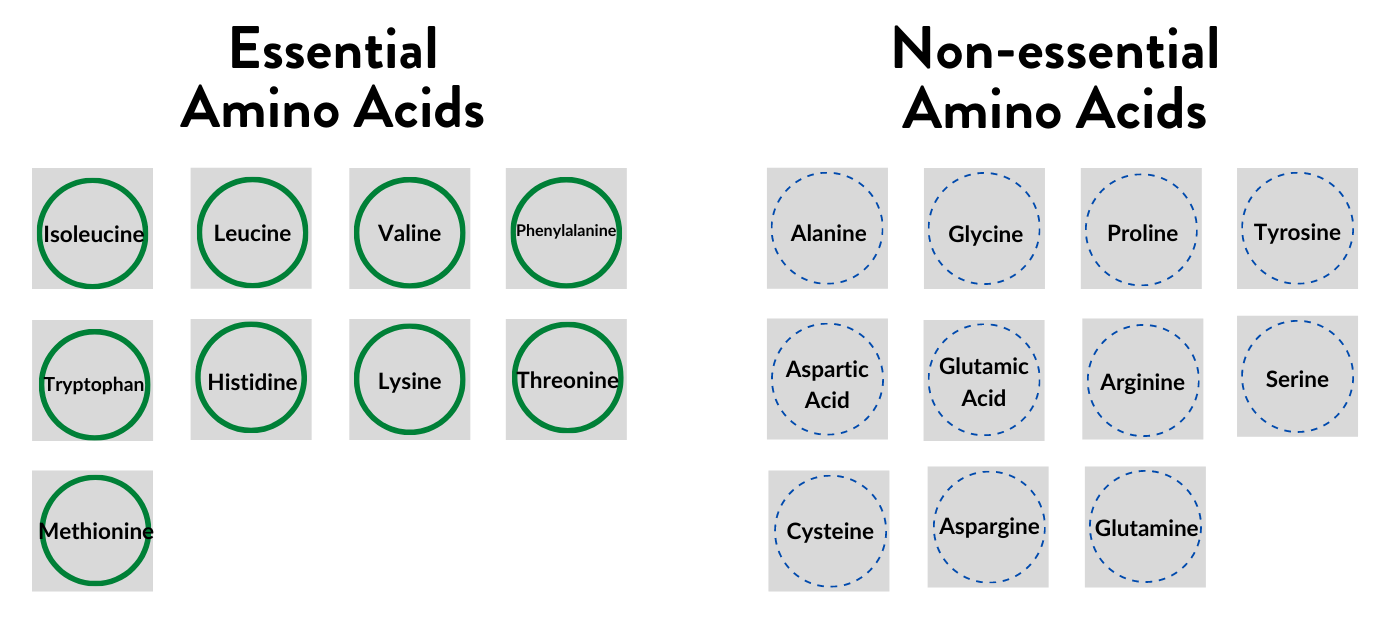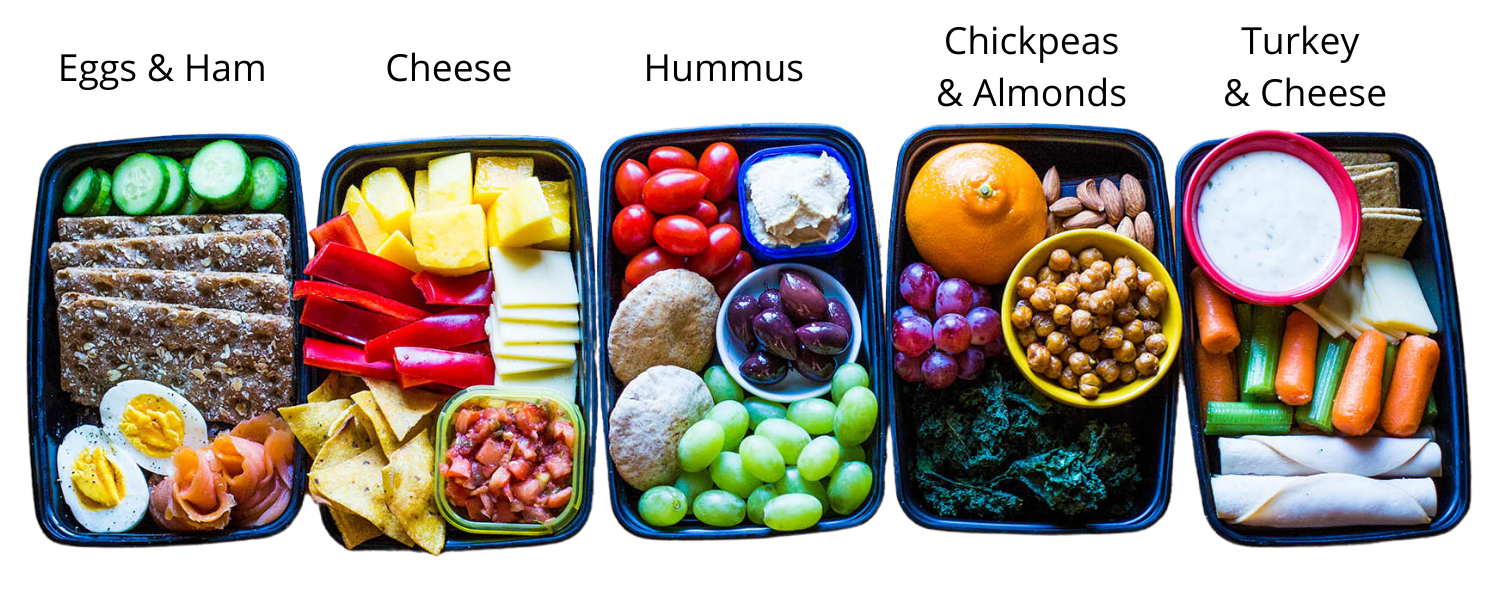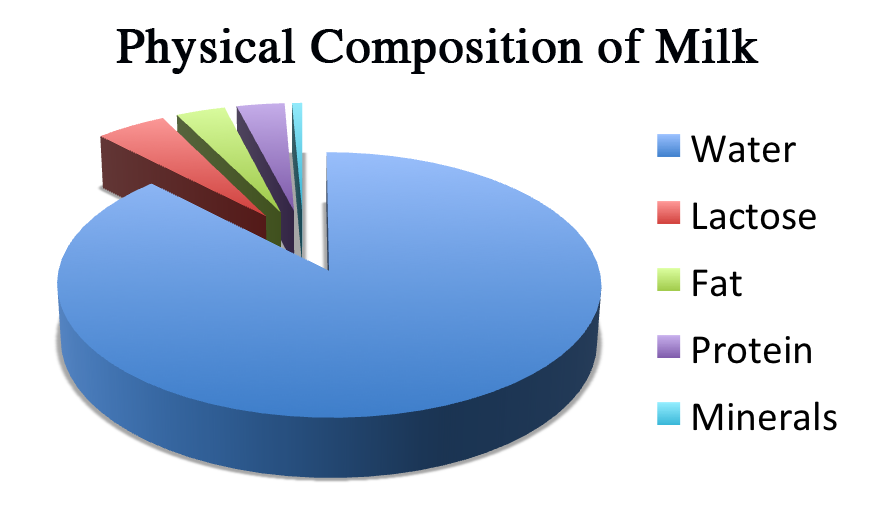Protein and Amino Acids
Proteins are an essential part of the diet because they contain the constituent amino acids which allow the body to synthesize its own variety of proteins and nitrogen-containing molecules. The structure and characteristics of a protein are largely based on the amino acids which build protein and result in varying ways it will react when agitated, heated, or any other number of physical changes to its environment.1
Proteins have several functional roles which make them very useful in the food preparation process. This includes forming a foam, acting as a thickening agent, or a structural component of the food.2 In the body, proteins function in a variety of ways including acting as a catalyst, messengers, structural elements, buffers, fluid balancers, immunoprotectors, transporters, and many other roles. On a higher level, proteins work to build and repair the tissues in the body.1
Dietary Protein
There are two basic forms of protein in cheese—whey and casein. The distinction between the two proteins becomes evident in the cheesemaking process. Once the pH of milk is adjusted to 4.6 (after the addition of an acid) and rennet is added, the casein becomes insoluble and coagulates together into a curd while the whey remains in the liquid and is drained from the curd in the cheesemaking process.
The characteristics of the side chains of the protein will determine the structure and functional role in the body as well as determine if it can be synthesized by the body or must be ingested.1 The building blocks of proteins are amino acids. There are 20 amino acids the body will utilize regularly and two additional amino acids that are not used as frequently.10 If a protein can be synthesized by the body it is considered nutritionally non-essential, and if it cannot be synthesized by the body it is nutritionally essential. There are 9 essential amino acids. Additionally, in certain conditions or chronic diseases, there are 5 other amino acids which can become essential.1
Complete vs Incomplete Proteins
There are many different sources of protein in the diet, and one way to categorize them is by considering which protein foods contain all the essential amino acids. A complete source of protein contains all 9 essential amino acids while an incomplete protein source (legumes, nuts, seeds, and whole grains) may contain some, but not all essential amino acids. Complete sources of protein are commonly thought of as animal products (fish, poultry, eggs, beef, pork, dairy), though it can include some plant-based proteins as well (soy, tofu, tempeh, edamame). If a person chooses not to eat animal products they can still get the protein their body needs it is just important to eat a variety of plant-based sources and complementary sources of protein that will give them all the different essential amino acids.11
Origin of cheese
Cheese is one of many products made from milk. The exact date of origin for cheese is unknown, but it has been found in Egyptian tombs and murals from 4,000 years ago. It is thought that cheese was discovered by accident when it was common to store milk in a container made from an animal stomach. The enzyme, rennet, is found in ruminant stomachs. When added to milk it causes milk to coagulate and separate curds (solid proteins) from whey (liquid). This means when someone would store milk in a ruminant stomach (a common practice before glass and plastic), their milk would turn to fresh cheese.
Today, the art of making cheese has become much more technical.3 Now there are hundreds of cheese varieties which can be grouped into eight categories including blue, hard, pasta filata, processed, semi-hard, semi-soft, soft and fresh, and soft-ripened.4 Currently more than one-third of all milk produced each year in the United States is made into cheese.5
Cheesemaking Process
The cheesemaking process uses science and chemistry to remove whey and liquid from milk to form a curd (cheese).6 Along with a vast array of cheese types, there is also a variety of cheese-making processes. Each process shares the same basic components:
- Milk: All cheese is made from milk. In the United States, milk from cows is most common. However, many specialty cheeses are made from the milk of sheep, goats, and other mammals. Milk is composed of varying amounts of carbohydrates (lactose), fat, protein (casein and whey), vitamins, and minerals.
- Acid: Soft cheeses are made by adding a type of acid to milk to make it coagulate. Citric acid and vinegar are two examples of acids used in the cheesemaking process.
- Bacterial Cultures: Chemical changes in milk can be triggered using bacterial cultures. The use of beneficial bacteria creates chemical responses in the cheese to enhance specific flavors.
- Enzymes: The most common enzyme used to make cheese is Rennet. Rennet causes the milk to coagulate and is used to make hard cheeses.7 It helps the milk mixture separate the forming curds from the whey. Rennet splits off the hydrophilic portion of the casein micelles so it will no longer stay suspended in the aqueous solution of milk. Instead, the casein aggregates together to form the curds, while the whey (or liquid portion) separates.6
- Time: Some cheeses can be made in a short amount of time and others require aging to develop the proper flavor, texture, and moisture levels.
- Heat: Precise temperatures allow the enzymes and bacterial cultures to work properly in the cheesemaking process by allowing the beneficial bacteria to do its work.7
- Salt: Salting helps draw out additional moisture in the cheesemaking process. It also plays a huge role in the flavor of cheese.





